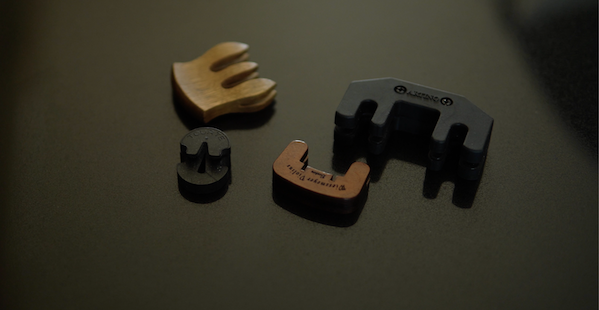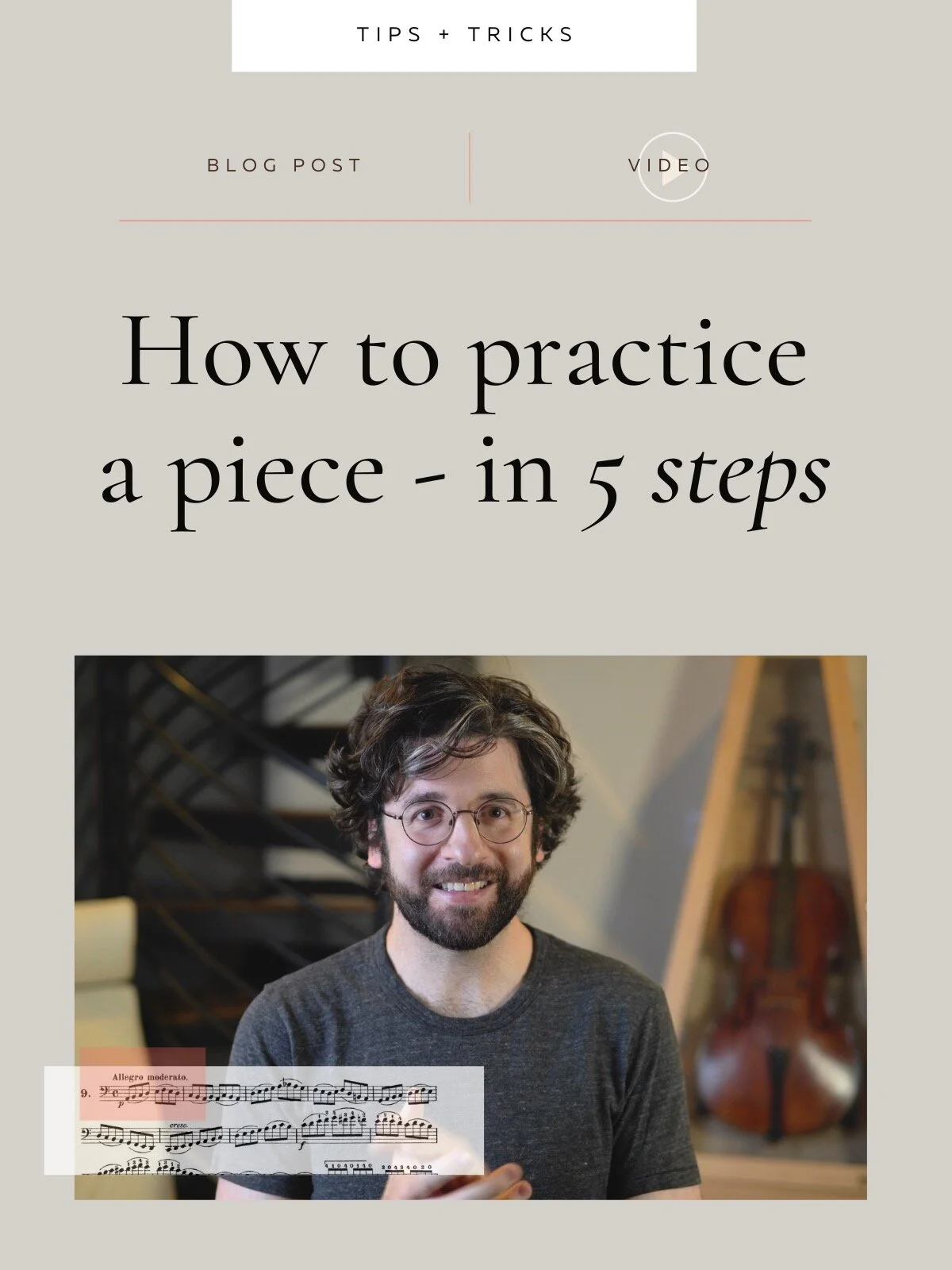Shhh! How to Learn Cello in a Quiet Space…
I’ve been getting this question a lot lately and I thought I would turn it into a post so that others might find it.
So today’s topic is for all of you who are thinking about starting the cello but are worried about making too much noise.
Maybe you live in an apartment with thin walls.
Or maybe you have sensitive housemates.
Or maybe just the thought of others hearing you playing cello as a total beginner makes you feel self-conscious.
You want to start the cello but are worried about how loud it might be.
My advice for you is in two parts…
First off, if you’re worried about making too much noise the question arises, “Do I buy a regular acoustic cello or should I go with a silent cello?”
By silent cello I mean an electric cello that you plug headphones into.
I admit that a silent cello would definitely be the quietest approach since all you will hear is the sounds of strings vibrating. Without an acoustic body to amplify and enrich the sound, the difference is comparable to singing with your full voice and whispering.
I’ve actually played on electric cellos for gigs and they can actually be a lot of fun, but nonetheless I highly recommend buying a standard acoustic cello to learn on for a few reasons.
First off, if the sound of an acoustic cello is what inspired you in the first place, I just don’t think you’ll find an electric cello that recreates the tone or timbre of a cello made of wood.
Sound is everything, so you want to be able to make the sounds that drew you to the cello in the first place.
Secondly, so much of the intoxicating experience of playing an acoustic instrument will be lost if you go with an electric.
When you play the cello, the entire instrument is vibrating sympathetically.
It feels like you’re bringing the wooden box to life! You feel the vibration anywhere your body comes into contact with the instrument.
My wife, a professional violinist, is always sitting down and playing a few notes on my cello because she says that, compared to violin, playing cello feels like she’s hugging a bear and making it purr.
And believe it or not, once you start really playing in tune, you can actually notice subtle differences in the way the wood vibrates and responds to the tones being released.
Plus, playing on a wooden cello also connects us back to this beautiful, centuries old tradition of string instruments and both the way they are made and the way we play them.
Even today a handmade cello is still crafted with many of the same methods and tools that Cremonese masters like Stradivarius and Guarnerius used and perfected.
Another beautiful aspect of acoustic instruments is the phenomenon of overtones.
On an acoustic cello, many of the notes, when played in tune, will release audible overtones, which are essentially other higher frequencies that make up the sonic profile of that tone.
Overtones are a major player in what we call the richness of an instrument’s sound.
With electric instruments, a large amount of those overtones aren’t captured (at least so far).
Finally, I worry that learning how to bow on an electric instrument might enable some bad habits that won’t translate well if you eventually move over to an acoustic instrument.
Because the strings on an electric instrument are more sensitive, I personally found that I don’t have to focus on “drawing out sound” as much with the bow and basically even if my bow arm gets a little lazy or sloppy, I don’t notice as big a difference as with an acoustic cello.
So those are my reasons for going acoustic cello. I have nothing against electric cellos, I guess it just comes down to the sound and style of cello you want to pursue.
So, if you’ve come with me this far and you’re worried about an acoustic cello being too loud…don’t worry. Now we’re going to explore a simple way to cut down those decibels.
It’s time to enter the interesting and varied world of mutes.
On cellos, a mute is a device that we use in primarily two ways.
The first and most obvious is to make the instrument less loud. The mute sits over the bridge and essentially absorbs some of the vibration, which mutes the volume to a degree.
The secondary use of a mute is as a timbral color change.
While all mutes will lower the cellos volume, some also provide a sort of beautiful distant or dreamy tone that composers will sometimes use to create different moods in their music.
So I’m going to introduce 4 mutes to you today and talk about their ability to cut down the volume as well as the tonal colors they offer.
My advice would be to figure out how much sound your practice space will tolerate and then go for the minimum amount of muting possible.
Again, we’re in this for the sound, so let’s not squash it unnecessarily!
So first, the most common type of mute I use and see being used: the rubber mute. You can leave it on the strings when you’re not using it. In terms of tonal color, to my ear it creates a distant, not unpleasant sound.
Ability to mute sound: 7/10 Color change 7/10
And here is an interesting variation: this is a wooden mute that is used often for the color it produces. Compared to the rubber mute, the wood mute sounds brighter and…well…woodier to my ear.
Ability to mute sound: 6/10 Color change 9/10
Third, we have a mute made of leather, just another variation on the standard rubber mute. The leather mute might be my personal favorite, it takes the edge off of the sound and your left with a warm, velvety blanket of sound.
Ability to mute sound 8/10 Color change 9/10
And finally, we have the Titanic of mutes, the practice mute. This is like the “in case of quiet hotel rooms or extreme fussiness, break glass and use this” mute. Squashes the most amount of sound, and unfortunately a lot of tonal beauty as well.
Ability to mute sound 10/10 color change 3/10
Instead of describing the mutes more with words, you can hear how they sound by going to 4:44 in the video above!
So there are some options for how to go about practicing comfortably in a small space or a shared space without having to go the silent cello route.
Even the name itself sort of bums me out….a silent cello…
Also, there should probably be times when you can practice as loudly as you want, maybe in a different space altogether, not to mention if you plan on playing and performing with others in the future, and for all of those wonderful moments, it’s worth going acoustic and getting yourself the appropriate mute.
I hope that helps and good luck!















